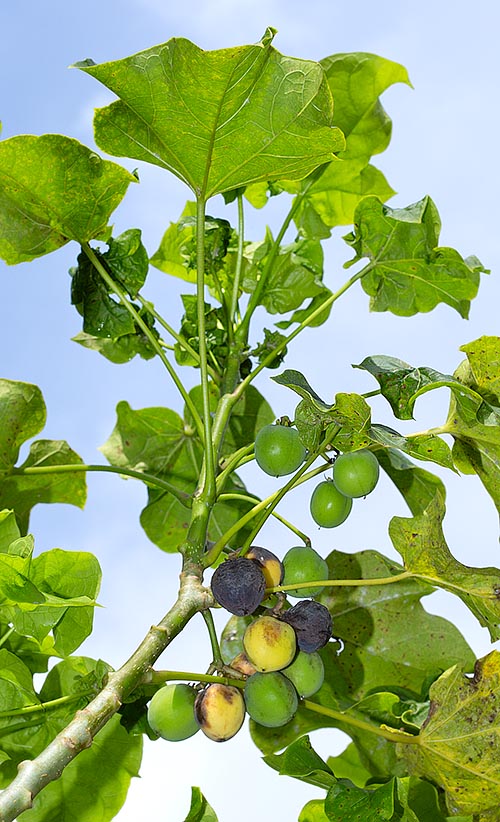
Mission NewEnergy Ltd
Add a reviewOverview
-
Sectors Finance
-
Posted Jobs 0
-
Viewed 29
Company Description
Make your own Biodiesel Part 1
There are at least three methods to run a diesel engine on biofuel using vegetable oils, animal fats or both. All 3 are used with both fresh and secondhand oils.

1. Use the oil simply as it is– normally called SVO fuel (straight grease);
2. Mix it with kerosene (paraffin) or petroleum diesel fuel, or with biodiesel, or blend it with a solvent, or with gas;
3. Convert it to biodiesel.
The first two techniques sound easiest, however, as so frequently in life, it’s not rather that easy.
1. Mixing it

Vegetable oil is far more thick (thicker) than either petro-diesel or biodiesel. The function of mixing it or mixing it with other fuels is to decrease the viscosity to make it thinner so that it streams more freely through the fuel system into the combustion chamber.
If you’re blending veg-oil with petroleum diesel or kerosene (like # 1 diesel) you’re still utilizing fossilfuel– cleaner than most, however still unclean enough, many would state. Still, for each gallon of
grease you utilize, that’s one gallon of fossil-fuel conserved, and that much less climate-changing carbon in the atmosphere.
People utilize various mixes, ranging from 10% grease and 90% petro-diesel to 90% grease and 10% petro-diesel. Some people just use it that way, begin up and go, without pre-heating it (which makes veg-oil much thinner), and even utilize pure grease without pre-heating it, which would make it much thinner.
You might get away with it with an older Mercedes 5-cylinder IDI diesel, which is an extremely difficult and tolerant motor– it won’t like it but you most likely will not kill it. Otherwise, it’s not sensible.
To do it appropriately you’ll need what totals up to an SVO system with fuel pre-heating anyway, preferably using pure petro-diesel or biodiesel for starts and stops. (See next.) In which case there’s no need for the mixes.

Blends with numerous solvents and/or with unleaded gas are “speculative at best”, little or nothing is understood about their results on the combustion attributes of the fuel or their long-lasting results on the engine.
Higher viscosity is not the only issue with utilizing grease as fuel. Veg-oil has different chemical properties and combustion characteristics from the petroleum diesel fuel for which diesel engines and their fuel systems are created.
Diesel engines are state-of-the-art machines with extremely exact fuel requirements, particularly the more modern-day, cleaner-burning diesels (see The TDI-SVO debate).
They’re tough however they’ll only take a lot abuse. There’s no warranty of it, however utilizing a blend of as much as 20% veg-oil of good quality is stated to be safe enough for older diesels, especially in summer season.
Otherwise using veg-oil fuel needs either a professional SVO service or biodiesel. Mixes and blends are normally a poor compromise. But blends do have an advantage in winter.
As with biodiesel, some kerosene or winterised petro-diesel fuel blended with straight grease reduces the at which it begins to gel. (See Using biodiesel in winter) More about fuel blending and blends.
